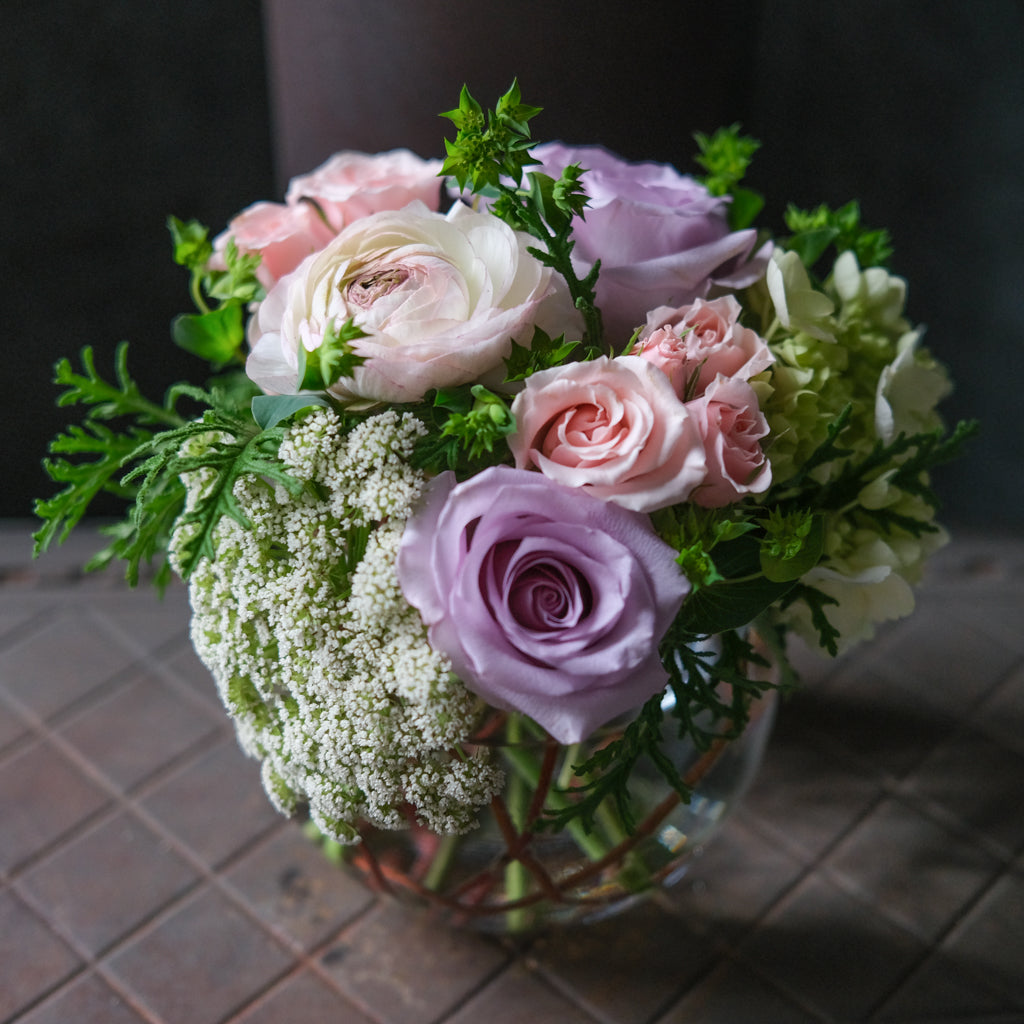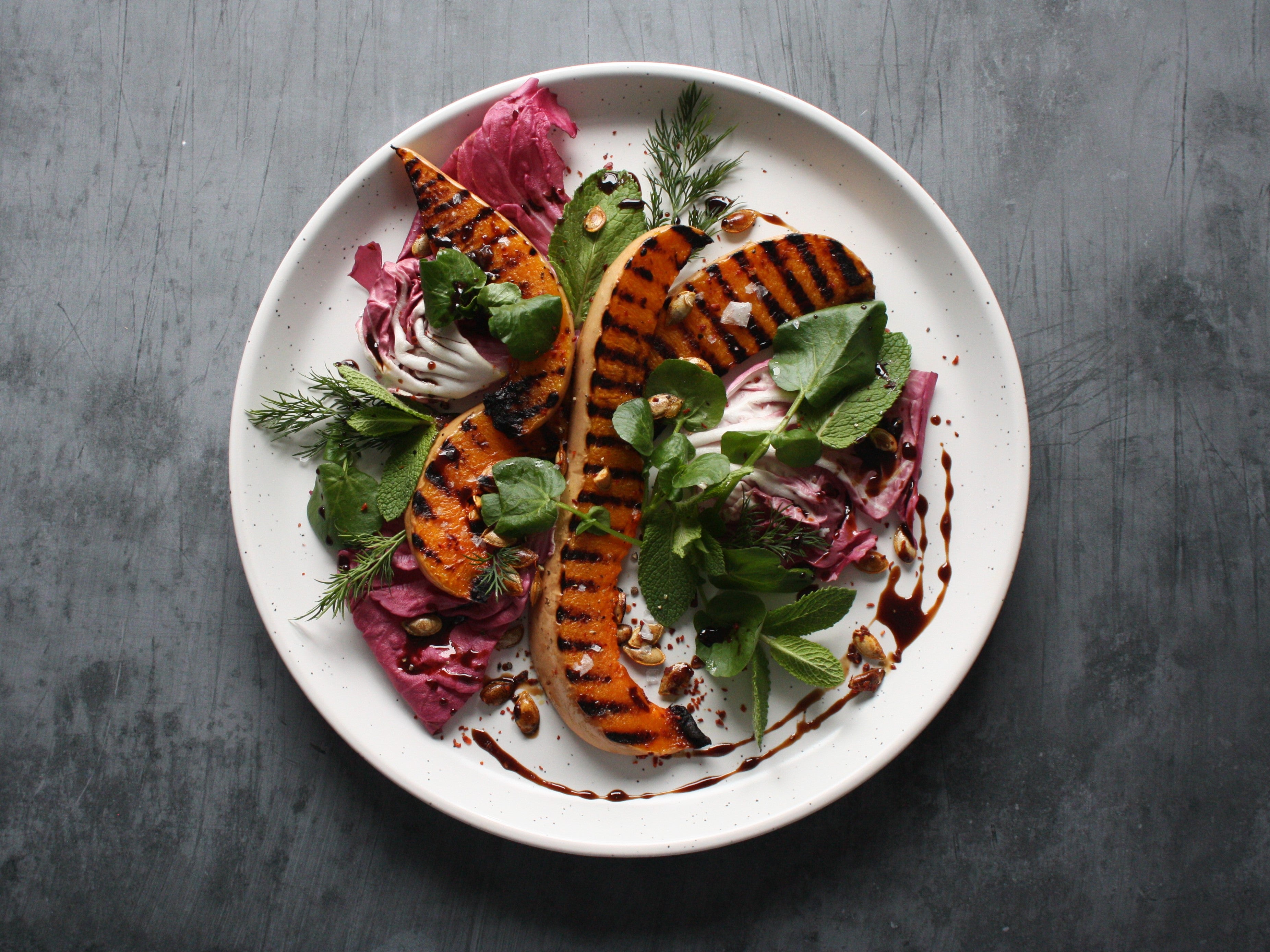By Madison Heltzel
In our modern world of convenience, it is easy to become disconnected from the sources of food on our plates. We can lose the perspective that each ingredient was once part of a living plant or animal that existed in an ecosystem outside the kitchen. This spring, I had the opportunity to explore this connection between food, culture, and nature through the lens of food photography.

Kentucky Native Cafe supported me in traveling to London to attend a food styling course at Leiths School of Food and Wine. I joined a small group of students from all walks of life to learn from two extremely talented food styling experts - Rebecca Woollard and Emily Jonzen. They walked us through industry tips and tools but also gave us space to experiment and explore the creative side of plating. They taught us about presenting the “hero bits” or most exciting elements of each recipe, and guided us through showcasing the natural shapes, colors, and textures of individual ingredients. We talked about food styling as storytelling and considered how each image tells an origin story about the ingredients as well as a cultural narrative about how each dish was prepared, when it would be eaten, and who would enjoy eating it.

The school is located in Shepherd's Bush, a west London neighborhood with a bustling international market and diverse community. Walking to class from my guesthouse, I was surrounded by French patisseries, Halal butchers, and bodegas with stunning rainbows of raw produce on display. I was intrigued and excited to see familiar foods in forms that were new to me, such as fresh almonds in green hulls and live fish swimming in tanks. It was a striking contrast to the American supermarkets that many of us are accustomed to where food comes already processed and packaged, separating the consumer from the produce’s natural state.

In class I embraced this opportunity to remind people about the natural and cultural origins of dishes through photography. We learned to revive herbs with ice water to make them look freshly picked from the garden and practiced slicing fruits and vegetables in ways that preserve the beauty of their natural shapes. We studied ways of incorporating asymmetry and irregularity on each plate to recall the effortless harmony of organic forms. Rebecca compared elements coming together on a plate to an assembly of dancers flowing together in a ballet, and I began to see ingredients as organisms woven together in an ecosystem. I also learned to consider how a plate, utensil, or setting could give a dish cultural context. Would each cuisine be served on fine china or a rustic cutting board? Eaten alone or with a group? Is the meal prepared at a certain time of year, or as part of a specific tradition? I learned that all of these questions must be answered to create an authentic photograph for the audience to connect with.

Preparing food is truly an art of transformation, where raw ingredients must be harvested, cut, cooked, fermented, and reshaped to create delicious combinations. As a chef I am usually focused on the final product being the flavors of a dish, but as an artist I am excited to explore a new medium where I can tell a story about food beyond what can be tasted.
Read about other Team Members' Trips or learn about how to Join the Team.


